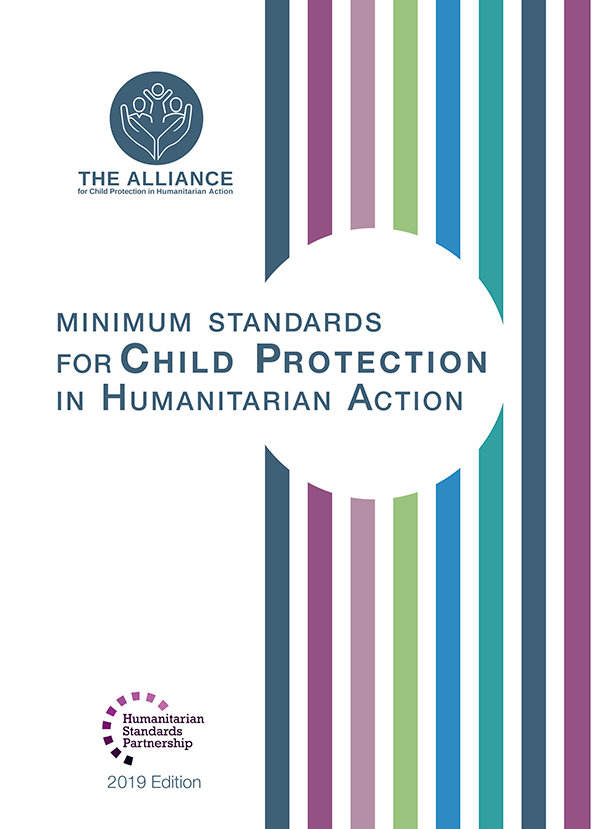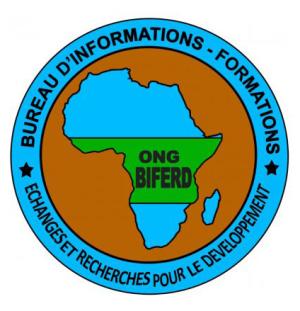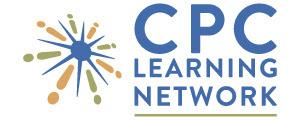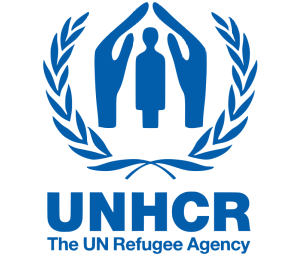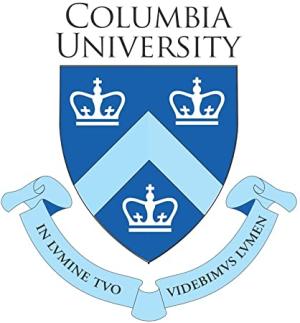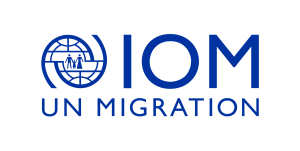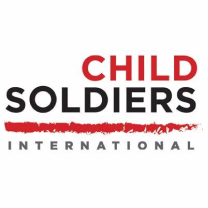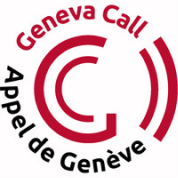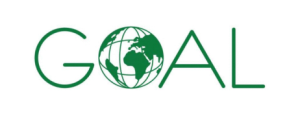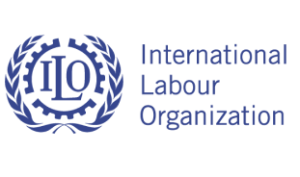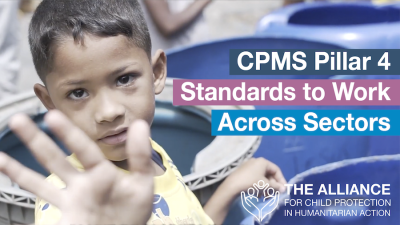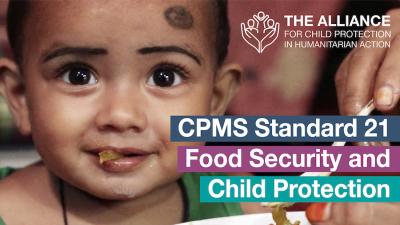
Led By: International Rescue Committee and Plan International
Contact us at: cpms.wg@alliancecpha.org
Our Mission
The Child Protection Minimum Standards (CPMS) Working Group supports the participatory setting of sector-wide standards for child protection in humanitarian action, promotes their use and institutionalisation and captures lessons learned to improve them
The Child Protection Minimum Standards
Implementing CPMS Across Humanitarian Sectors
Latest News
The CPMS is Now Available in Polish and more!

New Resources for Working Across Sectors

Working Group Member Organisations
Priorities
During 2022 and beyond, the Working Group will continue:
- Overseeing the roll-out of the CPMS 2019 edition,
- Promoting the CPMS implementation across sectors,
- Developing multimedia capacity-building resources,
- Supporting humanitarian agencies to institutionalise the standards, and
- Ensuring resources are available in Arabic, French and Spanish.
Key Tools
Indicators to Measure Cross-sectoral Contributions to Children’s Protection and Well-being

The whole humanitarian system has a role to play in realising children’s rights, including their right to protection. Greater collaboration, action, and investment are needed to ensure all humanitarian interventions are safe, accessible, and child protection sensitive. When protecting children is a central and common objective across sectors, it contributes to greater accountability to children
Minimum Standards for Child Protection in Humanitarian Action

The Minimum Standards for Child Protection in Humanitarian Action 2019 Edition equip humanitarians seeking to protect children effectively with the most comprehensive and up-to-date best practice so they can deliver professional programs.
Working Together

How do we, as humanitarian workers, effectively collaborate to improve children’s protection and well-being? This Inter-Sectoral Framework aims to serve as a collective steer for doing just that: centring children and their protection needs across all programs, sectors, and responses. It has been co-developed through engagement with practitioners from across sectors in humanitarian, refugee and
Enhanced CPMS Indicators Table

An easy-to-navigate PDF, the Enhanced CPMS Indicators Table includes the 28 Child Protection Minimum Standards and their indicators with type, target values and explanatory notes plus suggested computation methods and data source examples. Developed by the Assessment, Measurement and Evidence Working Group, this tool is part of the measurement framework of the CPMS 2019 edition.
Resources
Child Protection Minimum Standards Accountability to Children Toolkit

CPHA-CPMS Learning Package

Child Protection Competency Framework for Food Security Actors

Child Protection Competency Framework for Camp Coordination and Camp Management Actors

Working Across Sectors Child Protection Competency Frameworks
Child Protection Competency Framework for Health Actors

«I Am Mariam» Illustrated Storybook and Posters

Working Across Sectors Starter Kit

Webinars
Webinar | An Introduction to Prevention with the Child Protection Minimum Standards

Webinar | How to: Self-Assessment Process for the Child Protection Minimum Standards

Webinar | What's New? The 2019 Edition of the Minimum Standards for Child Protection in Humanitarian Action (CPMS)
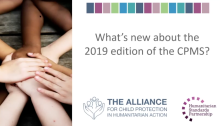
Webinar | Child Protection Minimum Standards Revision - Application in practice and next steps
Pre-recorded Audio & Transcripts | Protection of Children During Infectious Disease Outbreaks

CPMS Working Group Webinar on Coaching, Mentoring and Supervision
Webinar | Developing and Using Case Studies for CPiE Training Purposes
Webinar | Sexual Violence and Exploitation of Boys in Humanitarian Settings
Webinar | Engaging Humanitarian Learners - Strengthening child protection within environments of compounded stress
Webinar | Designing and Implementing CPiE Learning & Development Strategies
Media
«Hannah’s New Job» — Becoming a Child Protection Practitioner in Humanitarian Settings
CPMS Standard 9: What Is SGBV and How To Address It in Humanitarian Settings
Standards to Work Across Sectors
This is Samira
Child Protection for Minimum Standards Working Group Leads

Wajahat Ali, International Rescue Committee


